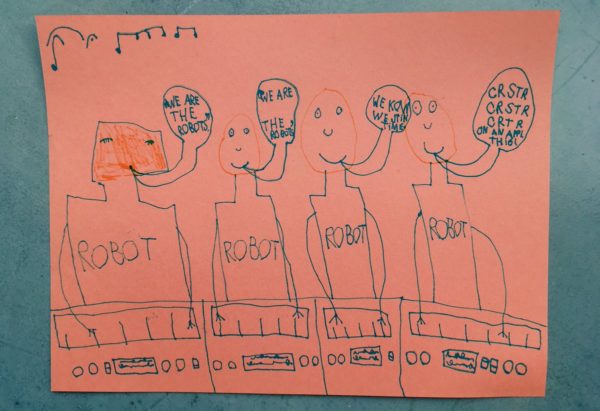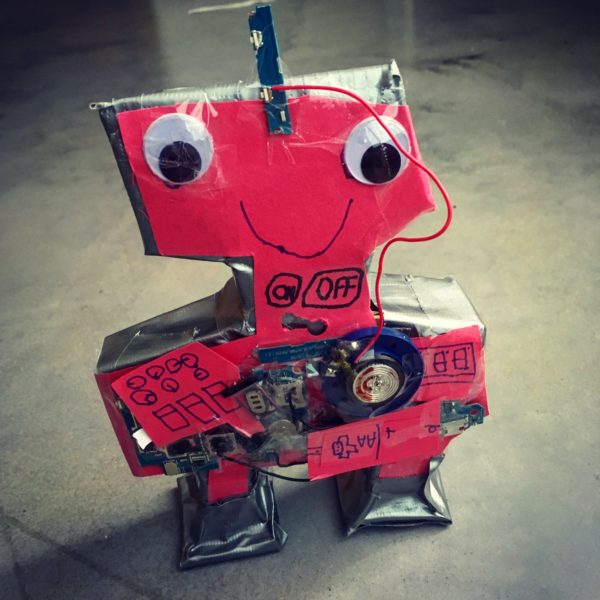
This is a particularly weird time to be raising a kid who is obsessed with robots, because the whole culture is obsessed with them. Bots. Drones. AI. Blade Runner. Stories about robots (at least the ones I know of) are almost always stories about what makes humans human and what it means to be one. That, I think, is also exactly what Owen is trying to figure out: by learning what a robot is, what it doesn’t have that he does have, he’s figuring out his body and his emotions and what he is. (Do robots poop? Do robots get scared?) How interesting to have a kid trying to figure out, essentially, what the wider culture is trying to figure out: What are we? What are we good for? Are we machines? Can we be replaced by them? Do androids dream of electric sheep?
HushMoney™
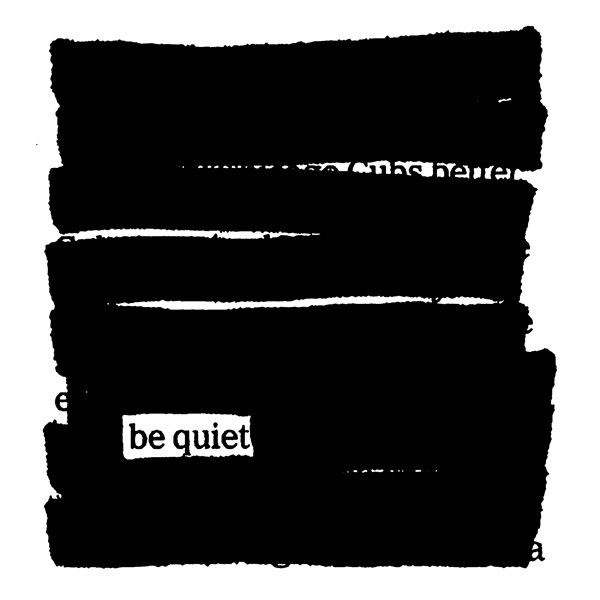
“I have a penny for your thoughts / If you can keep them to yourself”
–LCD Soundsystem, “change yr mind”
I was bumping American Dream in the car and I remembered my idea for a Patreon-like crowdfunding service to shut people up. How it works: an artist, “thought leader,” politician, etc., names the monthly price at which they will not do their terrible work or release anything new. As long as we can hit their monthly target, they promise to disappear from public life. I mean, how much would you pay a month to never hear from a certain person ever again? I think this idea could make me my millions…
Talking books at Texas Book Festival
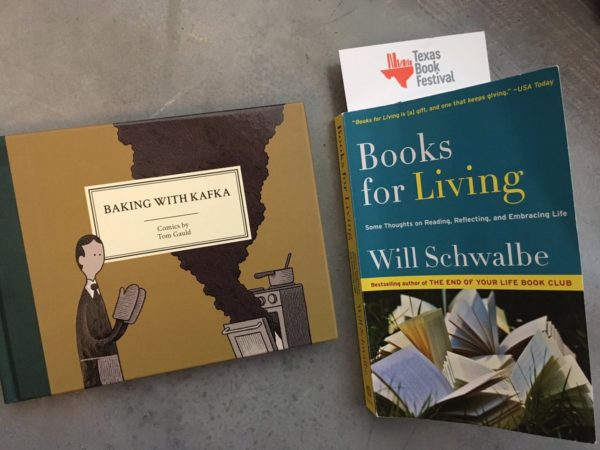
I’ll be interviewing Tom Gauld and Will Schwalbe at the Texas Book Festival on Sunday, November 5, at 12:45 PM in Capitol Extension room E1.016. I’ve been following Tom’s work for at least a decade, but I’m brand-new to Will’s, so it should be really interesting. Baking With Kafka and Books For Living are both books about books, so we’ll be talking mostly about — you guessed it! — books. More details here.
PS. This will be my tenth year of attending the Texas Book Festival. Here’s my 2007 sketchbook, recent-ish interviews with Peter Turchi and Josh Shenk, and me showing off my new son in 2012. Time flies…
A visit to the new library

We finally got to visit the new central library here in Austin and it’s better than I had even hoped for. A stunning building full of spectacular views and wonderful spaces. We had to bribe the kids with lollipops to get them to leave.
Inside, I felt how Witold Rybczynski writes about feeling upon visiting Chicago’s Harold Washington Library Center in his essay, “A Good Public Building,” collected in Mysteries of The Mall:
The atmosphere was different from that in other public buildings. Unlike a museum, it had no price of admission, and the security guards were unobtrusive; the stacks were open, and the books were there to be picked up and leafed through. There was also a more mixed crowd than one finds in a museum or a concert hall: groups of teenagers, elderly men and women, college students, street people. In a period where even art museums are beginning to resemble shopping malls, this library stands apart. It didn’t make me feel like a consumer, or a spectator, or an onlooker; it made me feel like a citizen.
Feeling like a citizen. That’s it. Walking around this building might be the first time in a decade of living here that I’ve actually felt real civic pride. In his opening remarks, Mayor Adler called it “our cathedral… nothing less than a holy place for your imagination and collaboration.” I love that.
In a garbage year full of so many losses for democracy, this feels like a win.

Everyone declined to comment
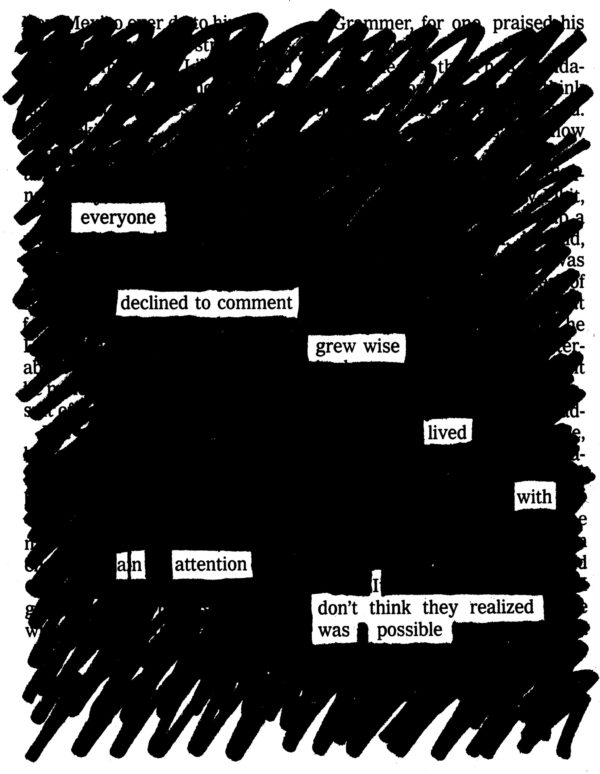
Ursula Franklin said of days after awful events, “Wouldn’t it be nice if a day of mourning for what happened… was a day of quiet?”
What about shutting up for the day? Be quiet. Let people think. Communicate the essential. The weather, okay. The traffic, okay. And then have a day of quiet. I don’t think more talk gets us anywhere… So number one, shut up the trivia; number two, look at your resources. Ask, maybe, what’s life all about? […] Give it a bit of quiet. Look at history. Who has said that all people matter equally and nobody matters more than others? Most traditions. Most religions. Don’t drown it out.
Related reading: Silence as a space for something new to happen
- ← Newer posts
- 1
- …
- 270
- 271
- 272
- 273
- 274
- …
- 348
- Older posts→
